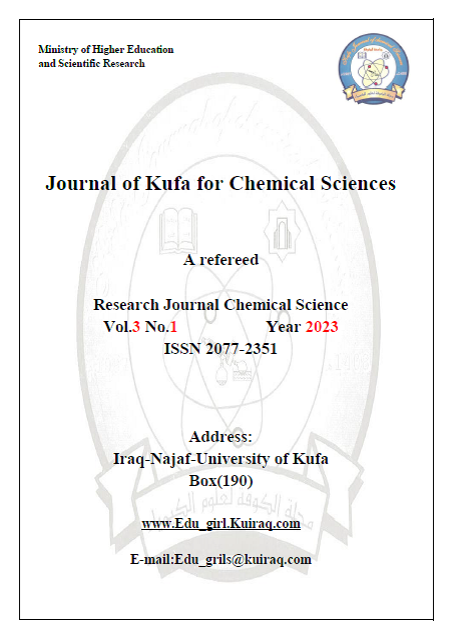Review of Analytical Methodologies for the Determination of Metronidazole and Trimethoprim in Environmental Samples
DOI:
https://doi.org/10.36329/jkcm/2023/v3.i1.14080Keywords:
Analytical methodologies, metronidazole and trimethoprim, Environmental samplesAbstract
Antibiotics are essential for treating infectious diseases, but their overuse and adverse effects are raising concerns about global public health. The pervasiveness of antibiotic contamination in aquatic environments has drawn increased attention in recent years. The primary concern regarding the release of antibiotics into the environment is the potential for microorganisms to become resistant to antibiotics. This review article summarizes the analytical methods used to determine the presence of trimethoprim and metronidazole in various environmental samples. These antibiotics have traditionally been analyzed using tandem mass spectrometry or high-performance liquid chromatography coupled to mass spectrometry; fluorescence or ultraviolet detection has been used less frequently. An essential step before liquid chromatography analysis is preparing the sample for extraction and analysis. This helps to eliminate interferences, stop the matrix effect, and pre-concentrate the target analytes. Consequently, the purpose of this work is to provide an overview of the most widely used techniques for the determination of metronidazole and trimethoprim in environmental samples.
Downloads
Downloads
Published
How to Cite
Issue
Section
License
Copyright (c) 2023 Journal of Kufa for Chemical Sciences

This work is licensed under a Creative Commons Attribution 4.0 International License.
Open-access Statement
The journal « Journal Of Kufa For Chemical Sciences» provides immediate open access to its content on the principle that making research freely available to the public supports a greater global exchange of knowledge. Full-text access to scientific articles of the journal is presented on the official website in the Archives section.
This is in accordance with the BOAI definition of open access. The licensing policy is compatible with the overwhelming majority of open access and archiving policies.
The journal «Journal Of Kufa For Chemical Sciences» is an open access journal, which means all its content is freely available without charge to the user or his/her institution. Users are allowed to read, download, copy, distribute, print, search, or link to the full texts of the articles, or use them for any other lawful purpose, without asking prior permission from the publisher or the author as long as they cite the source.The journal is licensed by Creative Commons Attribution International( CC Attribution 4.0) .


